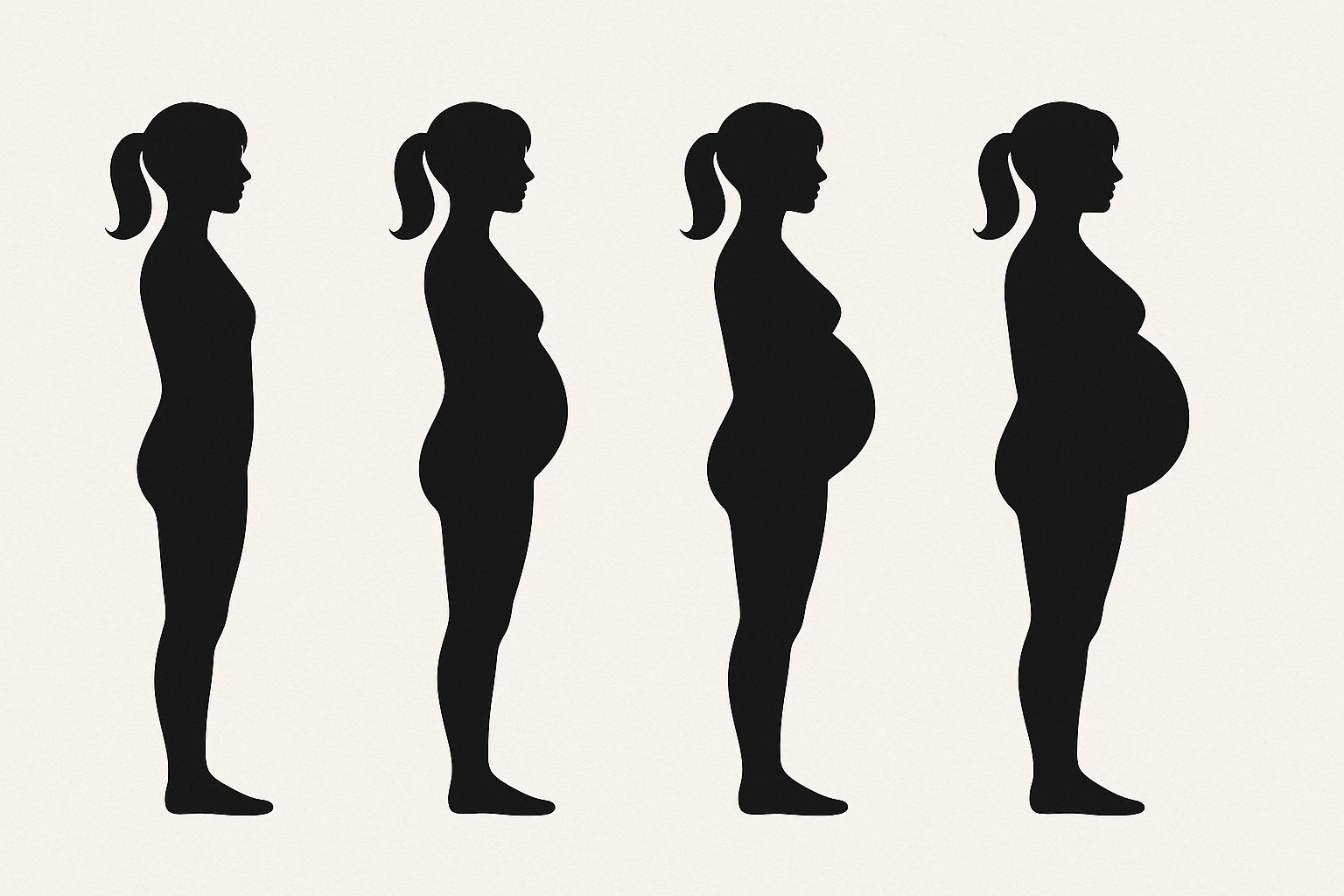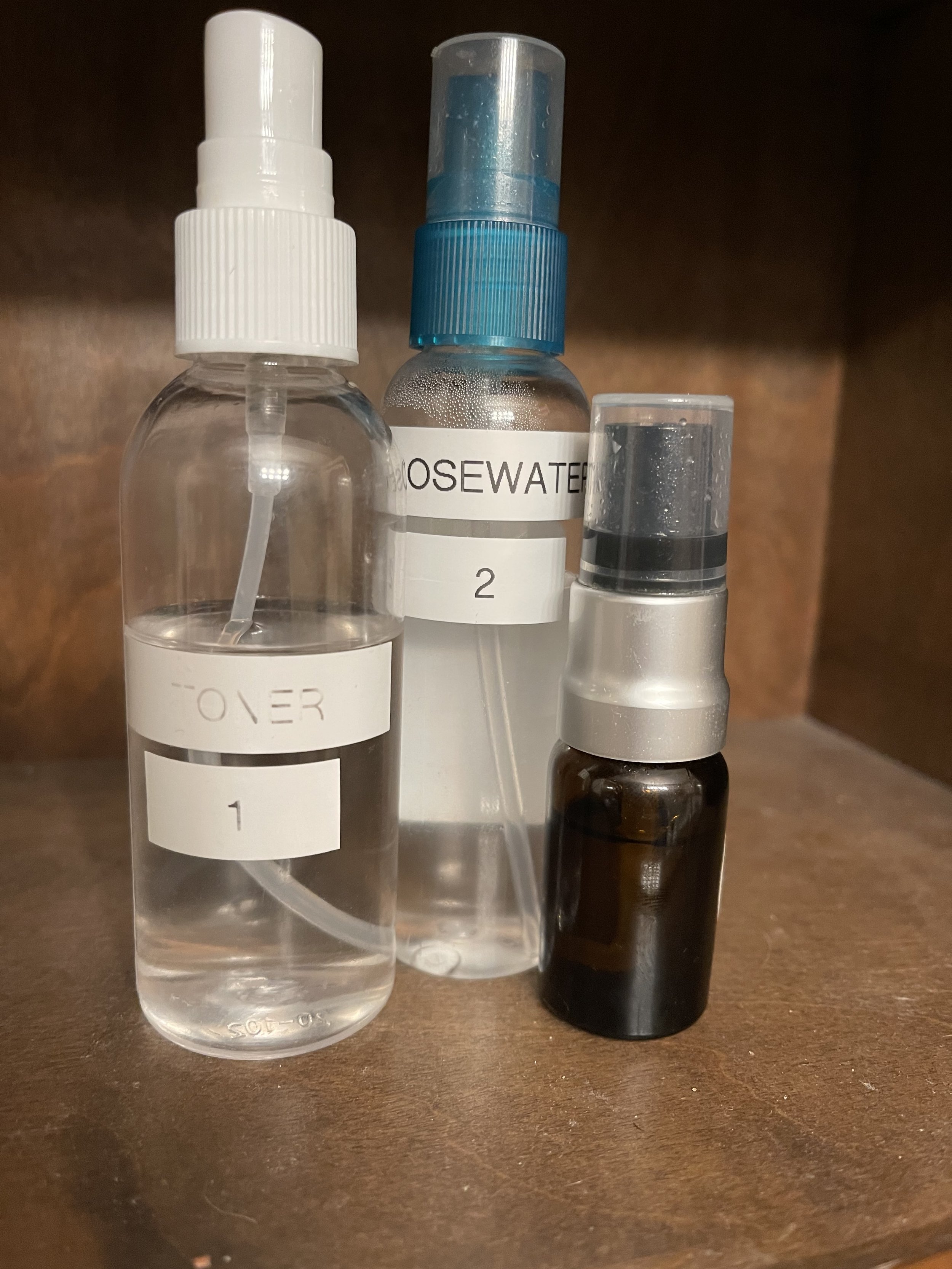You may wonder why body wash is on this list for cleaner options. What we put on our bodies actually gets absorbed into our systems. Our skin is our largest organ, we need to be mindful of what it is absorbing. If you look at some of the ingredients in typical body care items such as lotions, body wash, sunscreen, make-up, etc it’s no wonder people are having a harder time with hormone regulation. If you still prefer to purchase products, try using the “Healthy Living” app and use the feature where they rank the cleanliness of products, you can actually scan the barcode and most products will pop up.
Body wash with Coconut milk
½ cup unsweetened coconut milk
⅔ cup unscented liquid castile soap (surprise surprise)
3 teaspoons jojoba oil
2 teaspoons glycerin
1 teaspoon raw honey
5 drops tea tree essential oil (optional)
5 drops lavender essential oil (optional)
Shampoo
½ cup of water
½ cup castile soap (surprise surprise- again)
1 teaspoons very light vegetable oil or glycerin (omit if you have oily hair)
Few drops of your favorite essential oil (optional)
Conditioner
1 cup distilled water
¼ cup marshmallow root
2 tablespoons coconut oil, sweet almond oil or jojoba oil
2 tablespoons aloe vera gel
15-25 drops essential oils of choice.
Make-up remover
2 cups of distilled water
1-3 tbsp of your choice of oil
1 tbsp witch hazel
15 paper towel sheets, cut in half
mason jar
25 drops of your choice of essential oil
Toner (photo: spray bottle 1)
Mix about half witch hazel and rosewater
Moisturizer (photo: spray bottle 2 & small brown bottle)
spray bottle: rose water
oil bottle: Half rosehip oil and half jojoba
essential oil:
lavender
carrot seed
chamomile
Mix about 3 sprays of spray bottle and small pump of brown oil bottle, mix amount dependent on consistency you prefer.
As you have likely noticed, castile soap, water, and essentials make up a huge amount of cleaner options.







